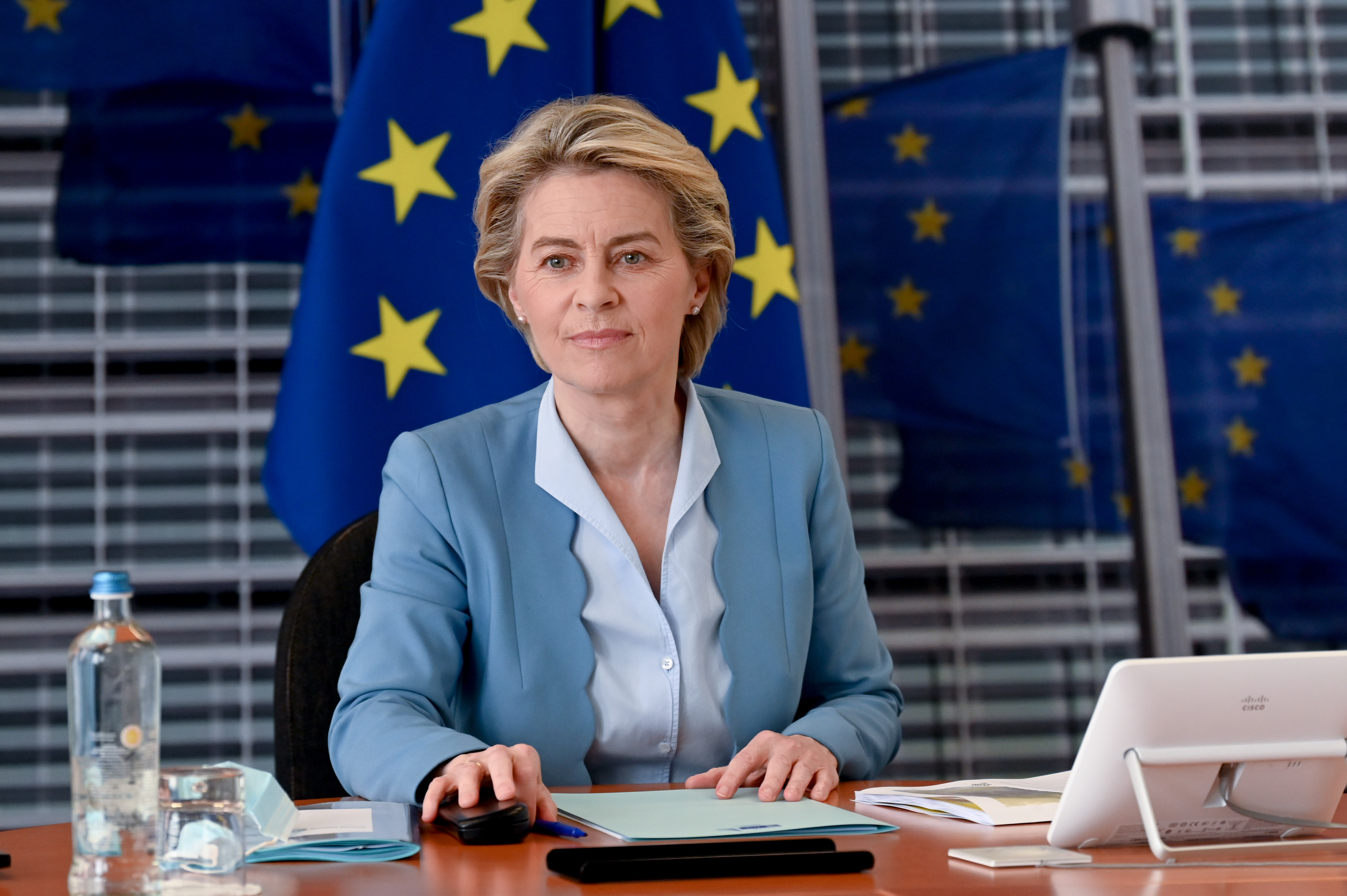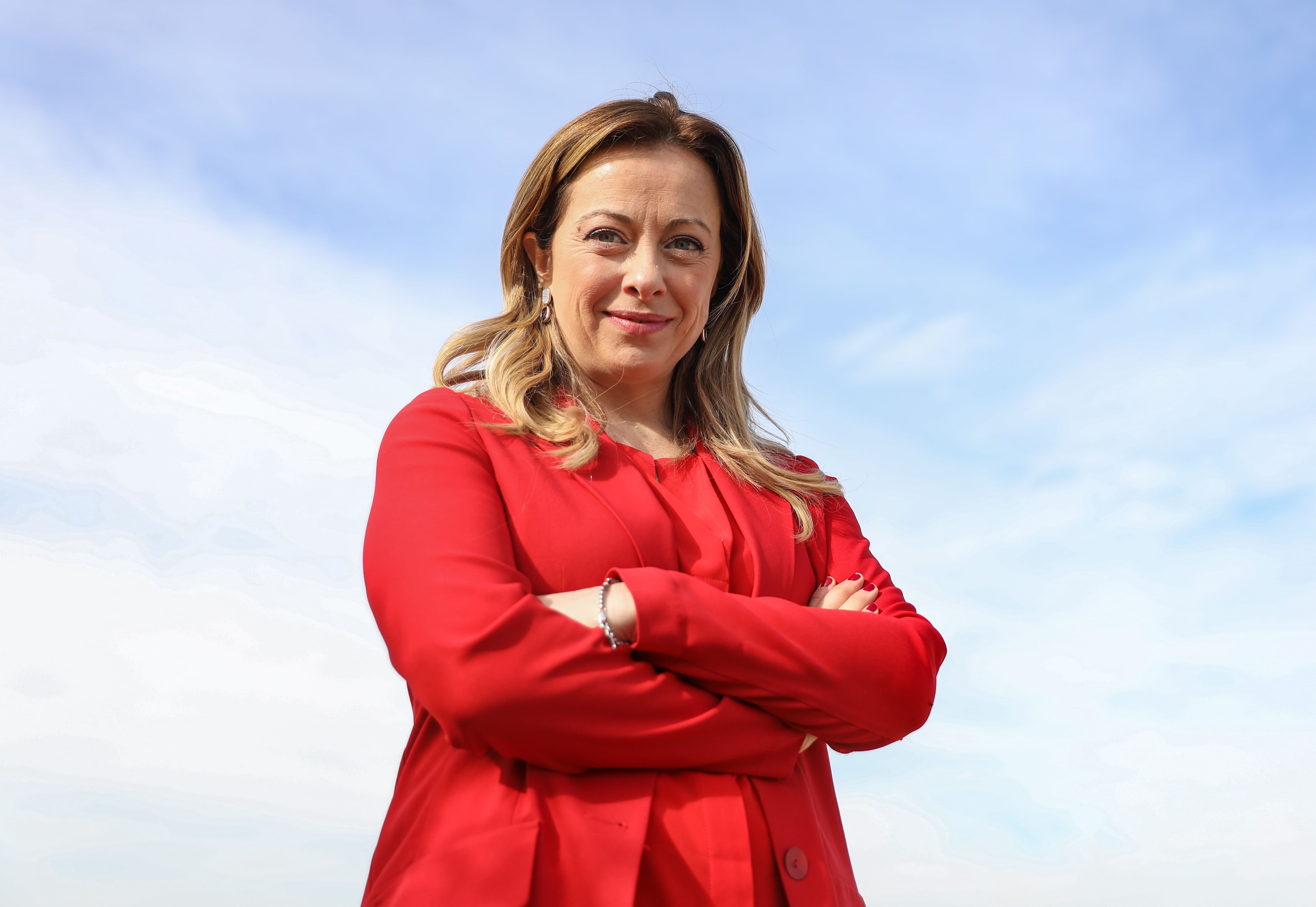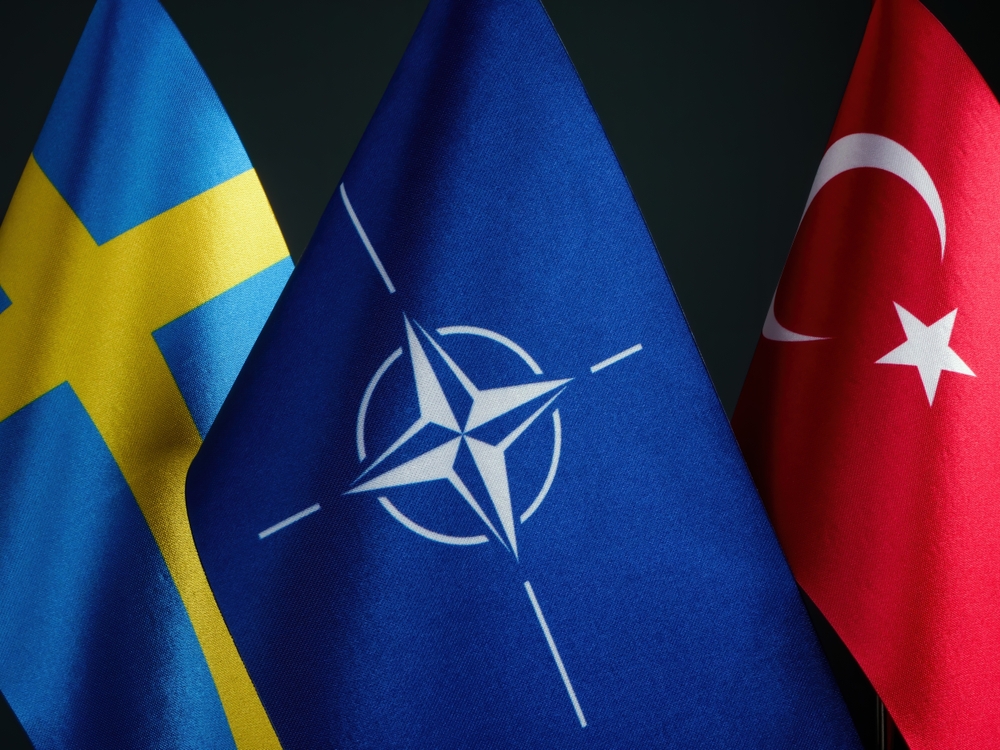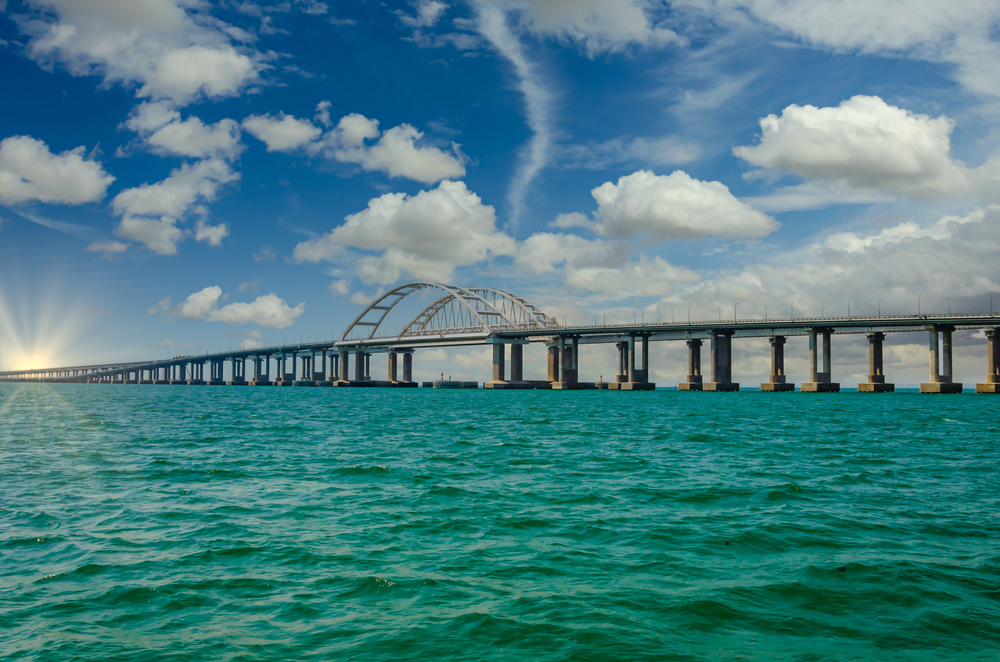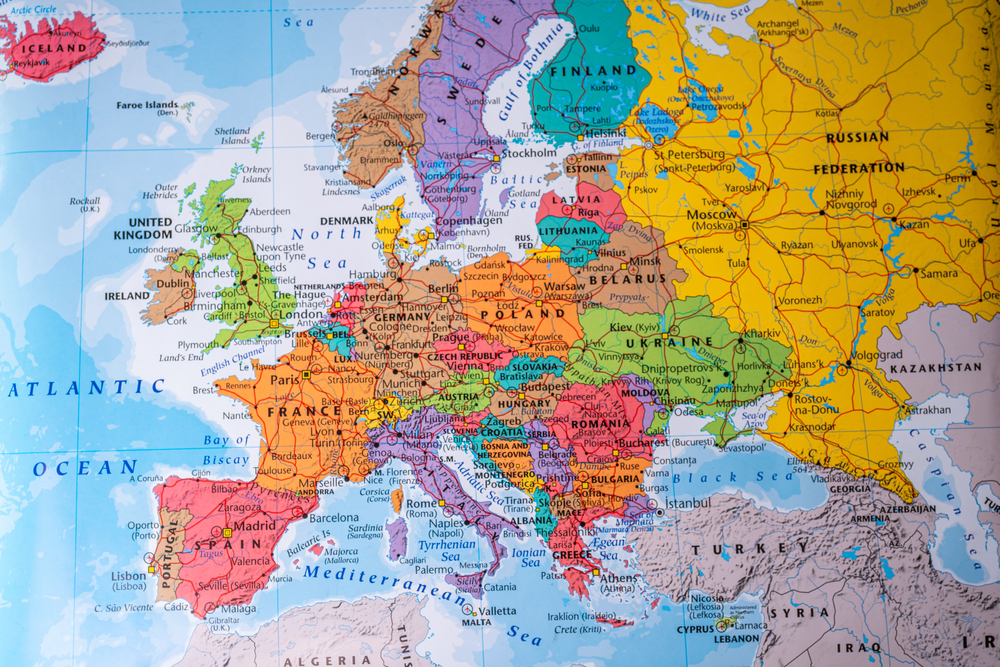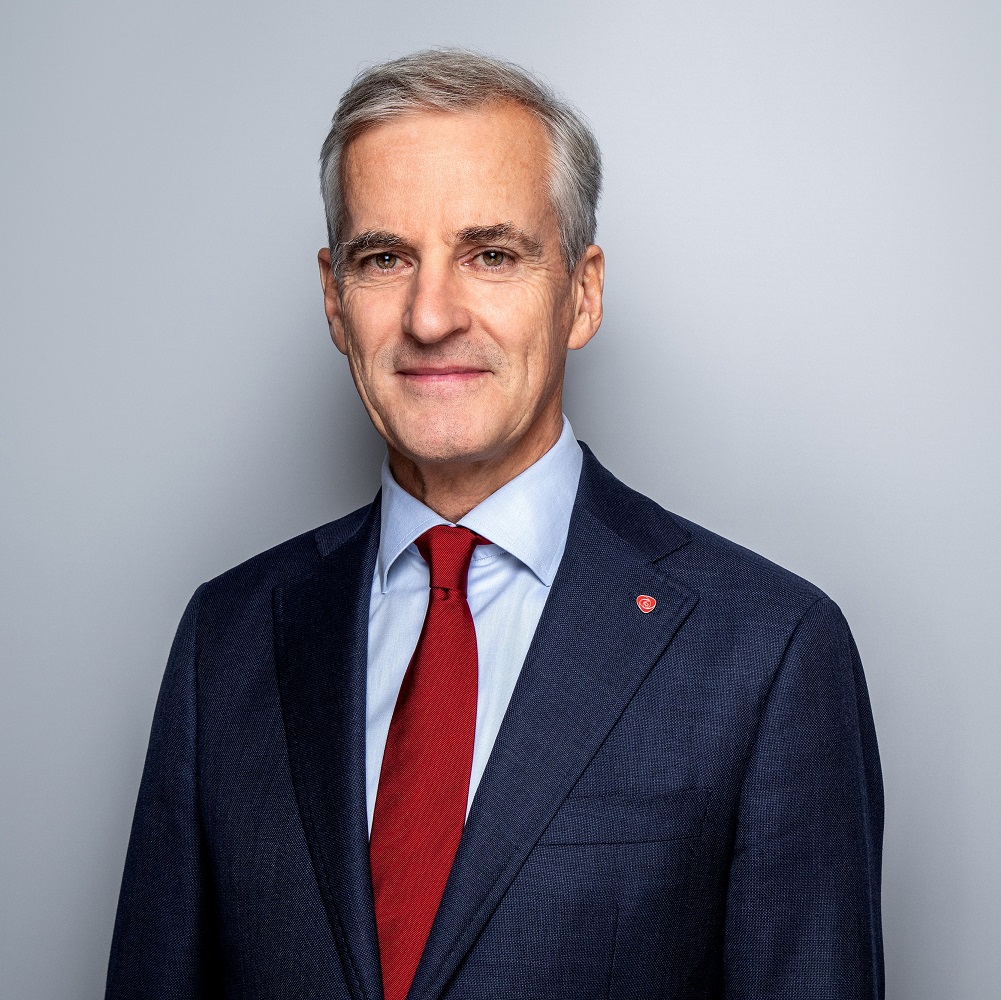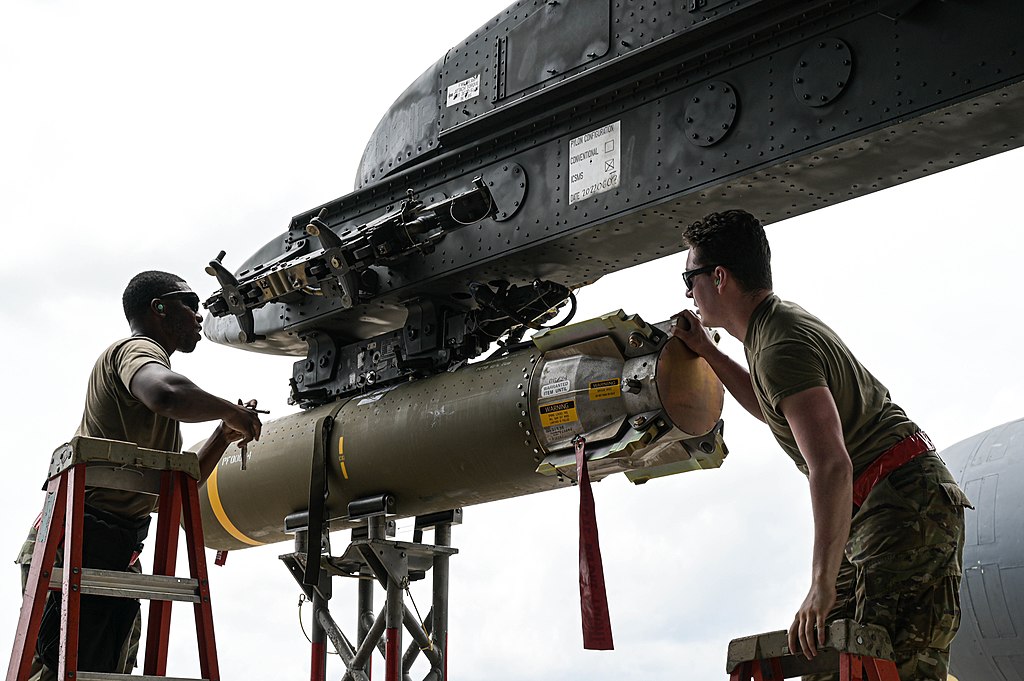
Nehammer sticks to his No to Schengen expansion
by Karl Nehammer
Work meeting with the German Chancellor Olaf Scholz in Salzburg "I am very pleased that for the first time in over 10 years a Chancellor of the Republic of Germany is back in Austria in an official capacity. We are not only neighbours, but also closely interwoven culturally or in matters of economic relations. If we look at our border regions, they are in fact no longer border regions, because people have long since overcome these borders in the realities of their lives - whether as business people or when starting a family. And so, we have grown together a bit," said Chancellor Karl Nehammer at a joint press conference with Olaf Scholz at the Mozarteum University in Salzburg. The German Chancellor made his first bilateral visit to Austria and was received with military honours. In addition to bilateral issues such as energy supply, the working meeting focused on the fight against irregular migration and border controls within the Schengen area. "The partnership with the Federal Republic of Germany is particularly important because we are very often allies in the question of how we want to shape European policy and further develop the EU, always bearing in mind that there may also be different interests. In addition to excellent economic relations, Germany is one of our most important partners in tourism. We therefore have many points of contact here," the chancellor noted. Strengthening security means gaining people's trust in the European project Politically and in terms of content, there are major challenges to be tackled together: on the one hand, the Russian Federation's war of aggression against Ukraine with all its consequences, and on the other hand, irregular migration. The two heads of government agreed that, in order to have efficient external border protection, we must be able to quickly return those who are not allowed to stay to their countries of origin. However, this also meant that stable and sustainable relations with the countries of origin had to be established and expanded and that prospects had to be created in these countries, the Chancellor said: "Germany and Austria are on the same side here. Because only if we have credible external border protection and fast and swift asylum procedures, and if we can ensure order and security within the European Union in an orderly manner, will we win people's trust in the European project." The topic of Schengen was also discussed. He said the chancellor presented the Austrian perspective and described how 112,000 asylum applications had been filed in Austria in 2022, 75 percent of which had been registered for the first time, even though the applicants had crossed an EU country. "In Austria, the numbers are decreasing, but at the same time they are increasing in Germany. We are a community of solidarity within the EU, so we care about the numbers. And as long as the current Schengen system does not work, as you can clearly see from the border controls from Germany to Austria, we need joint efforts in Europe to strengthen the external border protection. We will therefore stand by Germany when it comes to pushing forward the Commission's measures," Nehammer said. He said there were steps in the right direction, such as pilot projects at the Romanian and Bulgarian borders and an agreement with Tunisia, which the chancellor believes will be forward-looking. Securing energy supply for the future with green hydrogen from Africa But Germany is also an important partner in the question of energy security. This year, Austria had already managed to fill its own gas storage facilities to 90 percent in August, to secure its gas supply and thus to strengthen its independence from Russia, the Chancellor said happily. This had also been achieved with the help of Germany, which had helped to set up gas alternatives. Work is underway on connectivity between Austria and Germany in order to benefit from the liquefied natural gas terminals that have been built, which will subsequently play an important role in Austria's security of supply. Germany will continue to be an important partner for Austria in the future when it comes to bringing green hydrogen to Austria via a pipeline infrastructure. For example, he said, a southern corridor is specifically planned with Italy to bring green hydrogen from Africa via Italy to Austria and Germany. "These are the issues that move us for the future - with the aim of becoming more independent of fossil energy, establishing security of supply for the people and continuing to work to ensure that the good partnership and friendship between our two nations within the European Union is developed further," the chancellor concluded.









